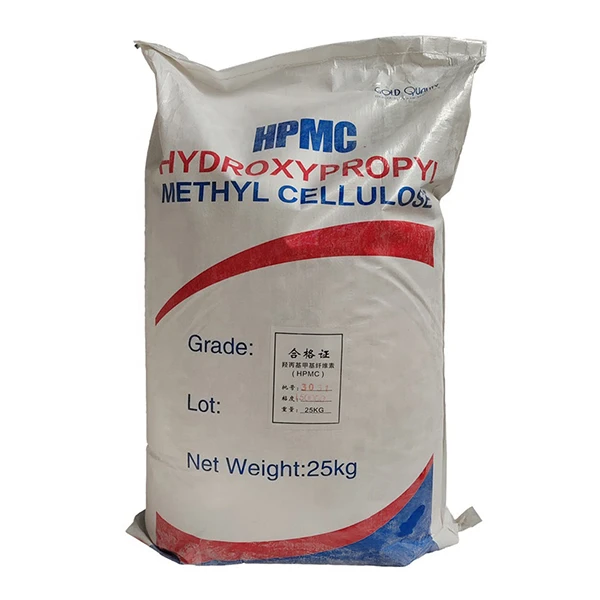The Role of Cellulose in Cement Enhancing Sustainability and Performance
In recent years, the construction industry has been under increasing pressure to adopt more sustainable practices. One innovative approach that has emerged is the incorporation of cellulose into cement formulations. Cellulose, a natural polymer derived from plant cell walls, offers several advantages when used in cement, including improved performance characteristics and enhanced sustainability. This article explores the benefits of cellulose in cement, its mechanisms of action, and potential applications in the construction industry.
The Need for Sustainable Solutions
Cement production is a significant contributor to global carbon dioxide emissions, accounting for approximately 8% of the total emissions. As urbanization continues to increase, the demand for cement is projected to grow, prompting the need for greener alternatives. The incorporation of renewable materials, such as cellulose, into cement formulations provides an opportunity to reduce the environmental impact of construction projects while enhancing material performance.
What is Cellulose?
Cellulose is an organic compound that forms the structural component of plant cell walls. It is the most abundant polymer on Earth and is biodegradable, making it an environmentally friendly choice for construction materials. Cellulose can be sourced from various feedstocks, including wood, cotton, and agricultural residues, which are often considered waste products. Utilizing these plants not only contributes to waste reduction but also supports a circular economy.
Benefits of Cellulose in Cement
1. Enhanced Workability One of the primary benefits of integrating cellulose into cementitious materials is its ability to improve workability. Cellulose fibers can absorb water, enhancing the viscosity of cement mixtures and preventing segregation of the concrete components. This leads to more uniform distribution of aggregates and improved bonding between particles.
2. Increased Mechanical Strength Studies have shown that the inclusion of cellulose can enhance the mechanical properties of cement. The fibrous nature of cellulose helps to create a composite material that provides better tensile strength and ductility. This is particularly beneficial in applications where flexibility and resistance to cracking are crucial.
'cellulose for cement'

3. Water Retention Cellulose acts as a water-retaining agent within cement mixtures. By retaining moisture, cellulose can prolong the hydration process of the cement, allowing for better curing conditions. This results in improved strength and durability of the final product, reducing the likelihood of shrinkage cracks and enhancing overall performance.
4. Sustainability Incorporating cellulose not only reduces reliance on traditional cement materials but also adds a renewable element to the mixture. Cellulose is biodegradable and can contribute to lower overall environmental impacts. By using agricultural byproducts, the construction industry can effectively promote resource efficiency and waste reduction.
Applications in Construction
The application of cellulose in cement extends beyond traditional concrete. It is being explored in various construction materials, including
- Lightweight Concrete The addition of cellulose can produce lightweight concrete, which is ideal for structures requiring lower loads or insulation properties. This can lead to significant savings in structural materials and reduced transportation costs.
- Self-Healing Concrete The unique properties of cellulose can facilitate the development of self-healing concrete. When micro-cracks occur, cellulose fibers can absorb water and activate healing agents embedded in the concrete, leading to improved longevity and reduced maintenance costs.
- Eco-Friendly Mortars Cellulose can also enhance the properties of mortars, making them more workable and environmentally friendly. These mortars can be used in various applications, including tiling and masonry, where superior adhesion and flexibility are required.
Conclusion
The integration of cellulose into cement represents a promising avenue towards enhancing the sustainability and performance of construction materials. With the growing emphasis on reducing carbon footprints and increasing the use of renewable resources, cellulose stands out as a versatile ingredient that can improve the workability, strength, and durability of cement mixtures. As research and development continue in this field, it is likely that cellulose will play an increasingly vital role in the future of sustainable construction practices, paving the way for greener and more resilient built environments.
-
The Application and Significance of Construction RdpNewsMay.19,2025
-
Industrial Grade HpmcNewsMay.19,2025
-
Building Coating Adhesive Building Coating Adhesive HpmcNewsMay.19,2025
-
Application Of Hpmc For Detergent For Detergent In DetergentsNewsMay.19,2025
-
Application Of Hpmc Cellulose In Cement-Based MaterialsNewsMay.19,2025
-
Application Of High Quality Hpmc For Construction In The Field Of ConstructionNewsMay.19,2025




